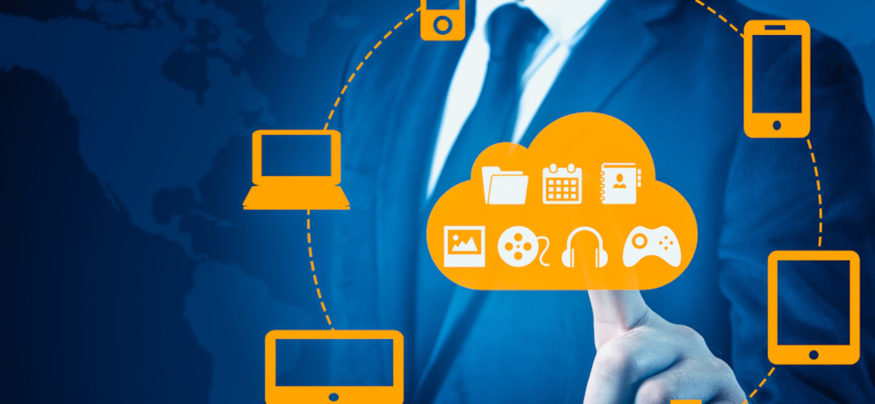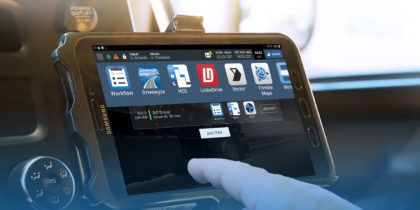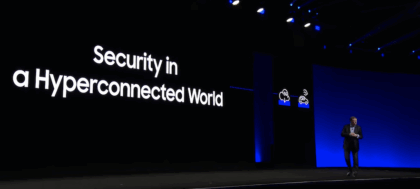For many organizations, the IoT is seen as a business transformer. According to IDC, the market for interconnected IoT devices is growing at a rate of almost 17 percent annually, and will reach $1.7 trillion in 2020. While embedded devices will account for almost one-third of that total, purpose-built IoT platforms, IoT software and as-a-service offerings will account for the lion’s share of the revenue.
In terms of those platforms and applications, the majority of development will be done using DevOps capabilities. Traditionally, many organizations have operated in silos, with a lack of communication between developers, operations and quality assurance staff. DevOps is a practice that fosters collaboration among departments, created out of a need for more agile development to address an increasingly service-oriented environment. In today’s world, greater collaboration is needed throughout all stages of the development life cycle so that building, testing and releasing applications can be sped up and made more reliable.
An Integrated DevOps Platform Is Required
A recent article from TechTarget explains why an integrated DevOps platform is required to provide connected services that foster mobility, using the example of the automotive industry. Cars being developed today are increasingly connected, containing up to three million lines of code. Developing smart vehicles requires that three teams work in concert. These are:
- A team responsible for developing the software and providing functionality such as interactivity services.
- A team focusing on big data, developing software that collects massive volumes of data and analyzes it in real time to provide third-party services like locating an available mechanic in case of a device failure in the car.
- A team building mobile apps to integrate with various systems, such as infotainment.
In order for teams to collaborate in this manner so that services are delivered seamlessly, all teams involved must be working through one integrated DevOps platform that provides central visibility over all processes through a single dashboard. By converging multiple solutions and technologies onto one platform, organizations with IoT software needs will be best able to benefit from a DevOps culture that drives innovation.
Improved Communication and Teamwork
Through such a platform, development and operations teams will benefit from improved communication and teamwork. This will allow teams to more effectively and rapidly build, test and release IoT software, providing greater quality assurance through collaborative code reviews. They will more easily be able to detect and fix bugs and add new features to software as and when they are required.
According to the McKinsey Global Institute, networking efficiencies and opportunities created by the IoT could have a global economic impact of $11 trillion per year by 2025, 70 percent of which is likely to be seen within business sectors. Examples include embedding sensors in devices such as production equipment and shipping and storage containers, which can provide an enormous amount of data to drive informed business decisions, fostering innovation and improving productivity in any number of industrial sectors. Opportunities abound in sectors as diverse as consumer goods, retail, healthcare and government.
In order to embrace those opportunities, organizational change is required. The use of integrated DevOps platforms for developing IoT software and embedded devices will help to drive that change, breaking down traditional boundaries within organizations to facilitate the innovation needed for the promise of the IoT to be realized.
The Internet of Things is transforming businesses from retail to hospitality. Find out here why retailers are adopting IoT technology to help streamline their supply chain operations.







